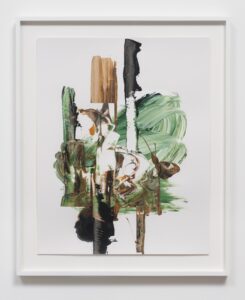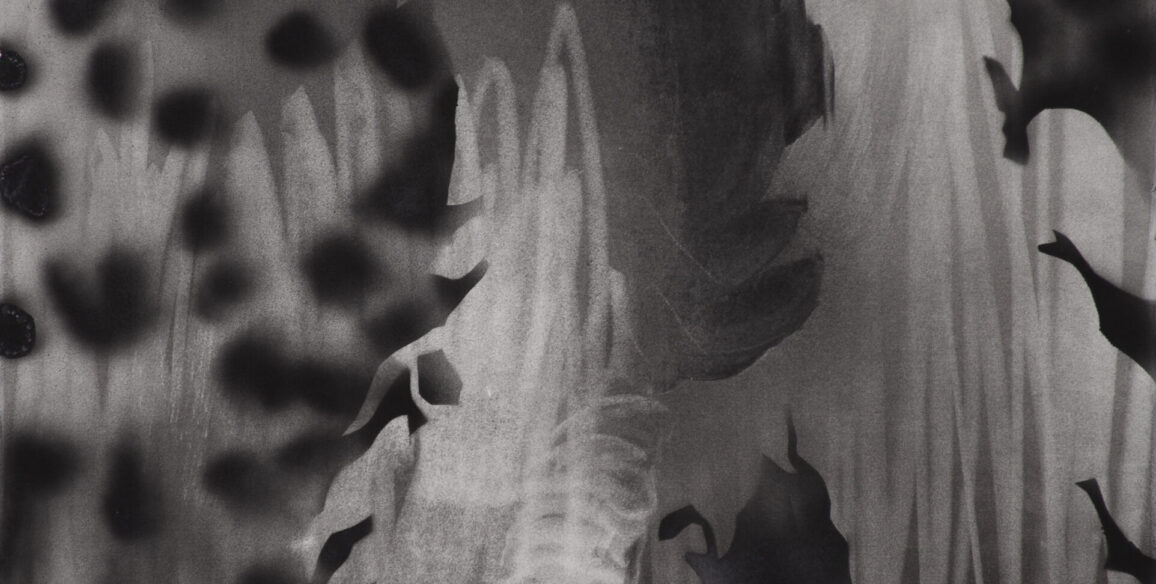Elizabeth Neel
(Born 1975, Vermont, USA; Lives and works in New York City)
My next show is in an amazing space with very interesting history. One of the two rooms I’ll be utilizing is this kind of neoclassical room in which there are these niches, recessed areas in between neoclassical columns, marble and all kinds of visual detail. Sometimes I find architectural specificity to be motivational because it gives me a starting point. That may seem somewhat arbitrary when you’re working on a painting but it’s somewhere to begin. I like to work horizontally, I like to work vertically, and I like to work at different scales. So, just knowing there’s a limit can be productive. It forces you to make choices. Anything that’s open is too open.
It’s a little difficult for me to talk about color. I would say that one develops a sensibility about color, maybe from the places they grew up or in reactions against the places they grew up. I guess you could describe my colors as more muted and less primary for the most part, although not always. It’s because in nature I experience something that makes me feel connected to the world rather than alienated from it. I’m speculating on my own choices. I didn’t study color theory in any kind of severe academic way because it seems to me your sensibility develops naturally. Some things are obvious. It’s sometimes important to break the rules. I stick to a traditional set of colors when I’m buying paint and am inclined to mix instead of buying color already mixed because it seems to best express my natural tendencies. If you put one color next to another, it doesn’t look like the color it’s supposed to be on the label. We’re living in a relative visual universe where everything has a meaning. It means one thing when it’s next to one thing and means another thing when next to another. That’s the language of painting. That’s my language of color.
I don’t routinely go scrolling back through my older work, but once in a while, when I’m expected to look for something I’ll think “oh my gosh, something I made in 2005 totally relates to what I was just doing yesterday but in a totally different medium, working on white canvas and different scale.” It makes me feel justified. It makes me feel that what I’m doing has a level of intention and consistency. I think as an artist one can sometimes feel a little out in space.
Paper is the most amazing experimental space because it’s super intimate. It’s portable. There’s a tactile quality that’s impossible to replicate. I will always think of paper work in the fondest way because it helped me break through all this information, trend, expectation and death of painting and all that kind of stuff that, while historically important, was paralyzing. Paper helped me through that. It’s just wonderfully calisthenic to work at that scale and on that surface. It absorbs things in a way a canvas never can. There’s a smoothness to it. It feels like endless possibilities which I need to preserve for myself. There’s always a way to go back to that space where possibilities exist. That really feeds into my total practice.
–Conversation on February 25, 2021
Listen to our conversation here:
Selected Image from the Collection:





